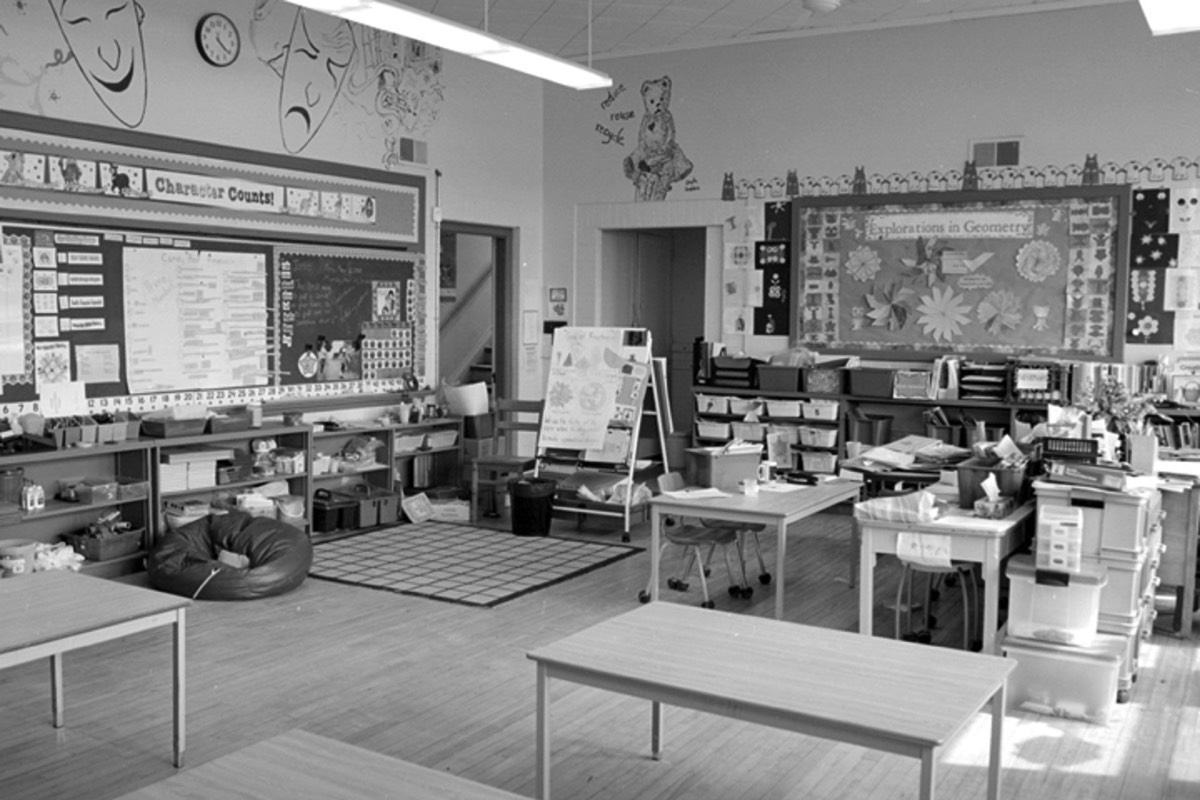Progressive education is rooted in the belief that students should be active participants in choosing how and what they learn. This approach contradicts the direct instruction approach which argues that teachers should bear the primary or even sole responsibility for organizing the learning experiences of students.
Both movements claim a fundamental respect for students, but supporters of progressive education interpret this respect to include the right of students to make genuine, but responsible choices related to their learning.
In her survey of the progressive education philosophy, Barbara Blitz (1973, p. 3) outlines a number of the progressive movement’s basic principles:
- "children have the right to pursue their individual interests and activities
- in order for meaningful learning to occur, children need to be actively engaged with their environment and other people
- children learn at their own pace and through their own particular learning styles
- learning should be exciting and enjoyable
- the teacher’s role should be that of diagnostician, guide, and stimulator"
Although progressive education is at its heart a programmatic reform movement, manifestations of this tradition have also influenced the design of learning settings, particularly at the elementary level.
An important strand of progressive education is the
activity centre classroom in which students, working alone, in partners, or in small groups, move between carefully crafted spaces in a classroom, each of which is assigned a particular activity or subject focus.
Individual activity centres are designed in advance by the teacher, sometimes with the participation of students. Typically, activity centres are organized so that each addresses a unique concept, skill, sensory experience, and/or subject area.
In an effort to structure the routine of an activity centre classroom, students may be responsible for completing one or more tasks at each activity centre throughout the school day.


